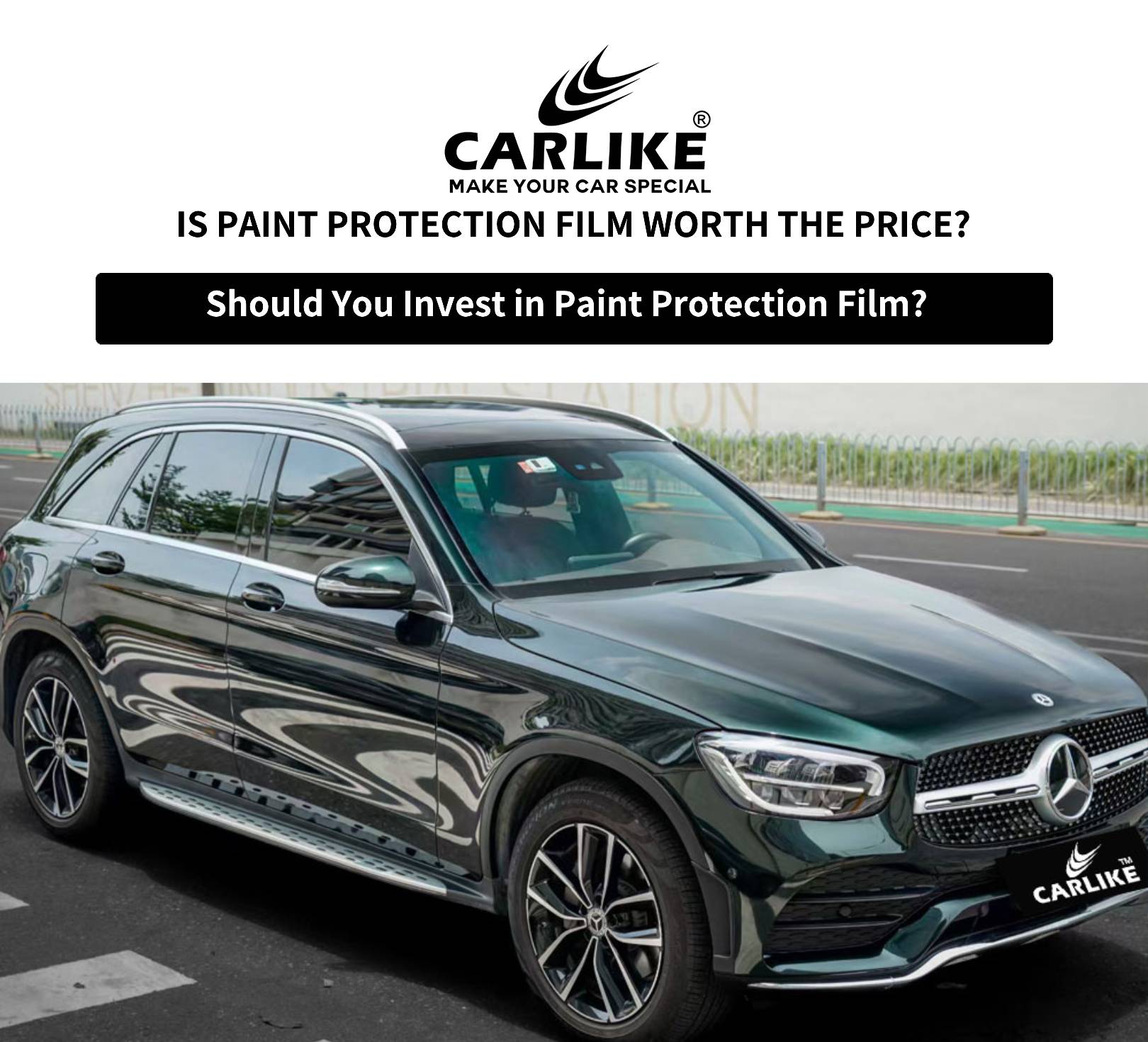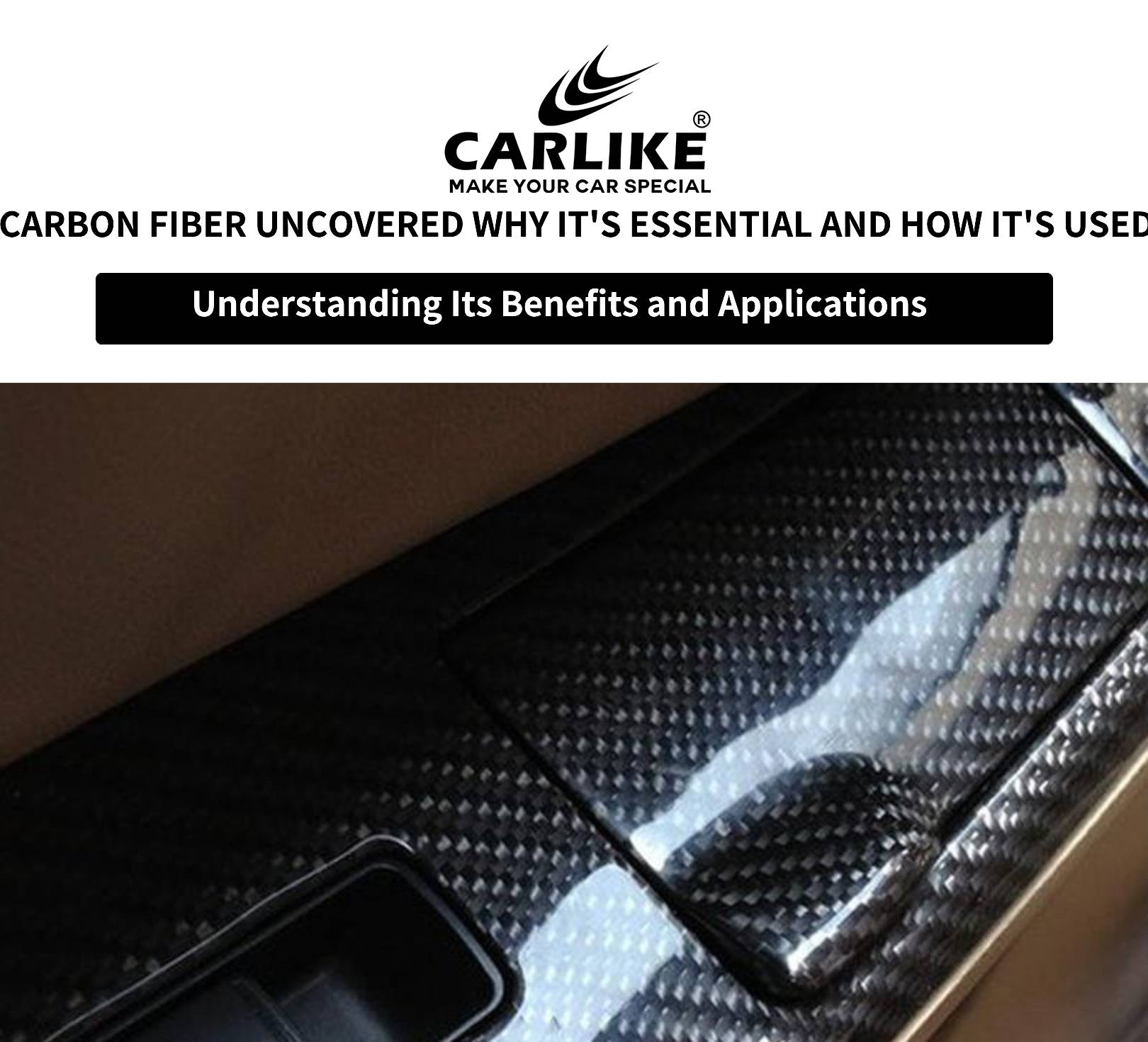Introduction
Paint Protection Film (PPF) is a clear, durable thermoplastic urethane film applied to the exterior surfaces of vehicles to protect their paint from damage. Originally developed for military use to protect helicopter blades and other sensitive equipment, PPF has since evolved into a popular automotive aftermarket product. It acts as a protective barrier against scratches, rock chips, bug splatters, and minor abrasions, helping maintain the vehicle's aesthetic appeal and resale value.
💡 Did you know
PPF features self-healing properties, allowing minor scratches to disappear with heat from the sun or a car engine. It also provides UV resistance, preventing paint from fading over time. Modern advancements have made PPF easier to apply and more effective, with some products offering enhanced gloss and hydrophobic properties to repel water and dirt. Available in various finishes, including matte and gloss, PPF is a versatile solution for car enthusiasts and everyday drivers alike, offering long-lasting protection for their vehicles' paintwork.
Historical Milestones in PPF Development
Historical Milestones in Paint Protection Film Development
1960s: Origins in Military Applications
- Development by 3M: The origins of PPF can be traced back to the Vietnam War, when the U.S. military, in collaboration with 3M, developed a film to protect helicopter rotor blades from debris and shrapnel damage. This initial version was much thicker and more rigid than today's films.

1980s: Transition to Automotive Use
- Introduction to Automotive Market: In the late 1980s and early 1990s, 3M began to adapt this protective film for automotive use. Initially, it was used primarily in racing and high-performance vehicles to protect the front end from damage during races.
1990s: Commercial Availability
- Consumer Market Expansion: By the mid-1990s, PPF became more widely available to the general public. Early versions were used to protect the leading edges of cars, such as hoods, bumpers, and side mirrors. However, these films were still relatively thick and not as visually appealing as today's versions.
2000s: Advances in Material Science
- Polyurethane Films: Technological advancements led to the development of thinner, more flexible polyurethane films. These new films were easier to apply, more transparent, and provided better protection against scratches and UV damage.
- Self-Healing Technology: One of the significant breakthroughs in this period was the introduction of self-healing properties. This technology allowed minor scratches and swirl marks to disappear with the application of heat, either from the sun or a heat gun.
2010s: Enhanced Performance and Aesthetics
- Improved Adhesives and Top Coats: During this decade, manufacturers improved the adhesives used in PPF, making installation easier and reducing the risk of bubbles and peeling. Enhanced top coats also provided better gloss and resistance to yellowing and staining.
- Computer-Cut Patterns: The advent of computer-aided design (CAD) allowed for the creation of precise patterns for different vehicle makes and models. This innovation reduced installation time and improved the overall fit and finish of the film.
Late 2010s to Early 2020s: Market Diversification and Environmental Considerations
- Expansion to New Markets: PPF began to be used in other industries, such as electronics, where it provided scratch resistance for screens and other delicate surfaces. Architectural applications also emerged, with PPF being used to protect glass and other surfaces in buildings.
- Sustainability Efforts: As environmental awareness grew, some manufacturers started to focus on making PPF more eco-friendly. This included developing films that were easier to recycle and using less harmful chemicals in the production process.
Present Day: Cutting-Edge Innovations
- Nanotechnology: The latest advancements involve incorporating nanotechnology into PPF. This can enhance the film's durability, hydrophobic properties (water repellence), and resistance to environmental contaminants.
- Smart Films: Research is ongoing into creating smart films that can change color or opacity in response to electrical signals, potentially offering both protection and aesthetic customization.

😍 TPU PPF, TPH PPF Car Paint Protection Film. Paint protection is a must for anyone who truly cares about the appearance of their vehicle. Every car owner knows that you have to install car paint protection film if you want to keep your vehicle looking as good as the day you bought it.
Key Technological Innovations
- Self-Healing Properties: Introduced primarily in the 2000s, this technology remains one of the most notable advancements, allowing the film to repair minor damage automatically.
- Hydrophobic and Oleophobic Coatings: These coatings help repel water, oil, and other contaminants, making the film easier to clean and maintain.
- Improved Clarity and Thickness Variations: Modern films are available in different thicknesses and are highly transparent, providing protection without compromising the vehicle's appearance.
- Precision-Cut Kits: Utilizing computer software to design exact-fit patterns for different vehicle models has streamlined the installation process and improved the quality of application.
Advancements in Material Science and Their Impact on PPF
1. Polyurethane Development
The shift from basic plastic films to advanced polyurethane materials was a significant breakthrough. Polyurethane's superior elasticity, resistance to abrasion, and clarity made it an ideal material for PPF. This advancement improved the film's ability to conform to complex vehicle shapes and provided better protection without compromising aesthetics.
2. Self-Healing Polymers
The integration of self-healing polymers into PPF was a game-changer. These materials can repair minor surface damage when exposed to heat, maintaining the film's appearance and functionality over time. This development has significantly increased the longevity and appeal of PPF for consumers.
3. Improved Adhesives
Advances in adhesive technology have made PPF easier to install and remove without damaging the vehicle's paint. Modern adhesives offer strong bonding properties that ensure the film stays in place under various conditions while allowing for clean removal if needed.
4. UV-Resistant Coatings
Incorporating UV-resistant coatings into PPF has enhanced its ability to protect against sun damage. These coatings prevent the film from yellowing and degrading over time, ensuring that the vehicle's paint remains pristine and protected for longer periods.
5. Nano Coatings
The application of nanotechnology in PPF has led to the development of films with superior hydrophobic properties. These nano coatings repel water, dirt, and other contaminants, making the film easier to clean and maintain while providing an additional layer of protection.
6. Enhanced Optical Clarity
Improvements in the manufacturing process have led to films with better optical clarity, ensuring that PPF is virtually invisible once applied. This advancement has made PPF more appealing to consumers who want to protect their vehicles without altering their appearance.






